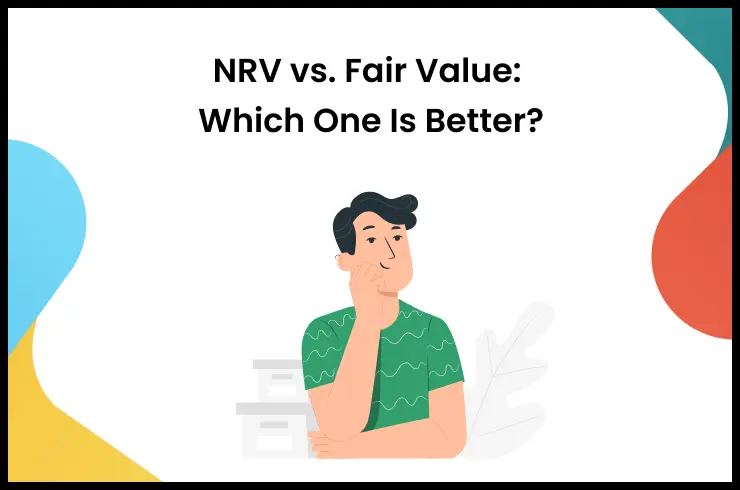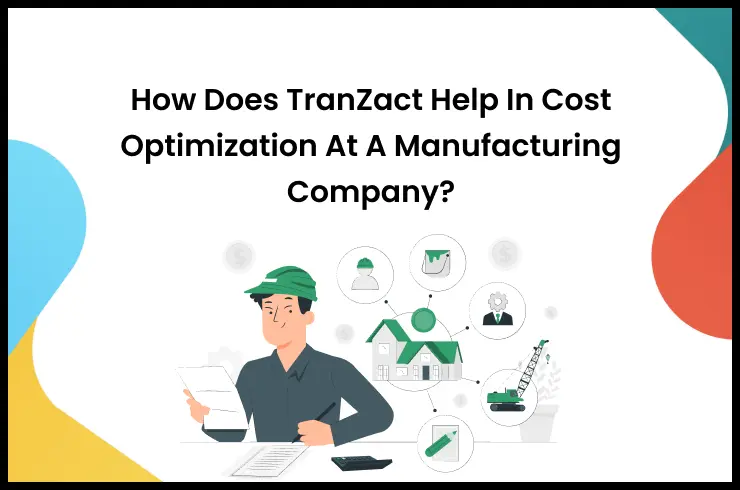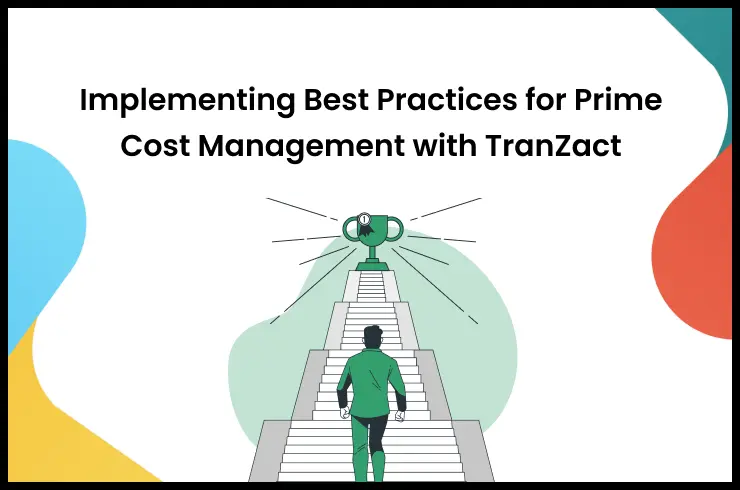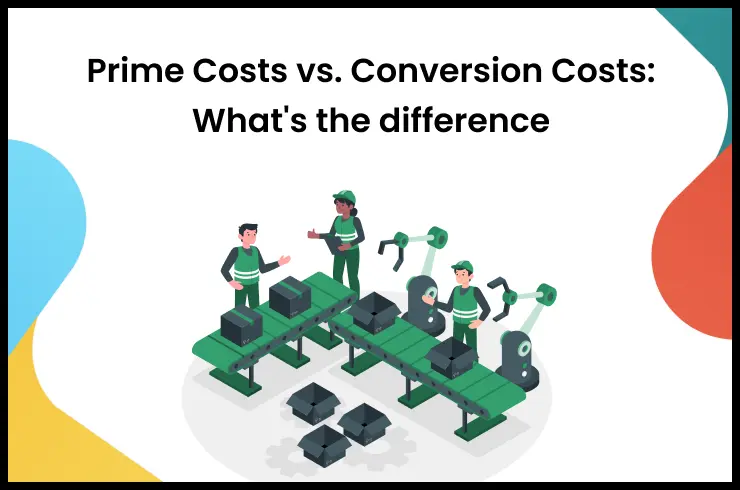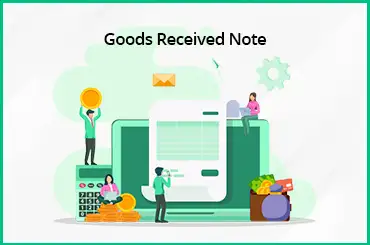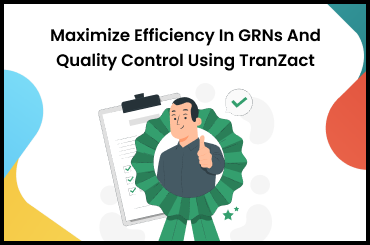The purchase order workflow has to be smooth and effective in manufacturing businesses to avoid disruptions in production and to buy goods within budget. If your purchasing workflow process takes a lot of time and involves errors, it will affect the earnings of your business. In this blog post, we will learn the best practices to improve purchase order process flow and efficiency.
We will also learn how to improve purchase management, from identifying the required items to creating purchase orders and getting approvals for payment for the delivered products.
What Is Purchase Order Workflow?
Purchase order workflow is a series of processes that involves several steps to buy raw materials and other equipment required for production in manufacturing businesses. Here is a step-by-step process that will help you better understand the workflow of purchase orders.
- First identify the required materials, machinery, and other equipment for purchases.
- After that, make purchase requisitions and send for approval to the relevant authorities.
- Once purchase requisitions are approved, then purchase orders are created. It contains product lists, quantities, prices, shipping details, and terms and conditions for the purchases.
- Purchase orders are then sent to the suppliers, who confirm the orders after reviewing them and agreeing to the terms and conditions.
- These purchase orders become legally binding documents that outline the transaction details between buyers and sellers.
- Once products are received by the buyers, they have to make payments before the due dates.
Streamlining Purchases: The Crucial Role Of Purchase Order Approval Workflows
Creating purchase requisitions, getting approvals, making purchase orders, and sending them to the selected suppliers are important steps in a purchase order workflow. All these steps need to be transparent and effective throughout a purchase requisition workflow or a PO approval workflow.
However, since the purchase order process involves a lot of steps, there is a chance of errors and fraud. Thus, the purchase order approval workflow has to be efficient to avoid disruptions in production and eliminate fraud activities. This workflow pays attention to the details and reviews the purchase requisitions carefully to make purchases within budget limitations and avoid disruptions.
How Do PO Approval Workflows Work?
The role of the PO approval workflow begins after the purchase requisitions are sent for approval. Authorized person in the purchasing department carefully reviews the purchase requisitions to check whether everything is correct. If all the details in the purchase requisitions are correct, authorities approve the requests for purchases. This involves formal documents to keep the process transparent for all the stakeholders in the business. When purchase requisitions are approved by the authorities, a PO is created and sent to the selected suppliers to proceed with the purchases.
Best Practices For Optimizing Purchase Order Workflows
When you follow the best practices for purchase order workflows, you reduce errors and improve efficiency in your manufacturing business. Here are the best practices to adopt and optimize purchase order workflows according to your unique requirements.
1. Standardizing Purchase Order Processes
Standardize the purchase order process with a set of guidelines that suit your purchase requirements and budget limitations. You can ask all your stakeholders to share their opinions and interact with all departments to make purchase guidelines based on your needs and goals. All your team and authorities for purchase approvals should follow your set guidelines to optimize your purchase order workflows.
You should also follow different techniques like Just in Time, FIFO, and LIFO to maintain stock levels and standardize your purchase order process based on your requirements.
2. Automating Routine Tasks
Routine tasks such as monitoring stock levels to identify the required raw materials to reorder, getting approvals, and tracking purchase orders can take lots of time and cause human errors. Thus, automating these routine tasks will save you a lot of time, reduce human errors, and boost purchase efficiency. It will also improve your production efficiency and order management.
3. Implementing Purchase Order Workflow Software
Implementing purchase order workflow software in your business can be the key to boosting efficiency. It will speed up your purchasing process and remove errors. It will monitor your stock levels in real time and alert you when you need to reorder to avoid disruptions.
It can also automate your approval process according to your set guidelines. It can also track your purchase orders and invoices to improve transparency in your purchasing activities. All of these factors will contribute to improving productivity and profitability for your business.
4. Enhancing Collaboration And Communication
Improve collaboration and communication with departments involved in purchasing activities and others and suppliers to optimize workflow. If certain raw materials are needed for manufacturing, then the production team should inform the inventory department. Similarly, the inventory department should collaborate with the purchasing department to order the required raw materials and maintain a balance in the stock levels.
5. Continuous Improvement And Monitoring
Continuous improvement is important for your purchase order management workflow. If you follow unnecessary steps that cause extra expenses, then continuous monitoring will help you identify and remove them. You should also learn best practices and focus on them to improve on a regular basis.
Use the latest technologies and update your software regularly to optimize your purchase order workflow and stay ahead of your competitors.
Enhancing Purchasing Efficiency Through Optimized Workflows
From creating purchase requisitions to getting approvals and creating purchase orders and sending them to the right suppliers; when you optimize these processes in your manufacturing business, it will improve your overall efficiency. You should also monitor your suppliers’ performance to buy raw materials and equipment from the right ones with the best quality and at best prices.
You should keep records of alternative sources as well to get raw materials in emergency situations and avoid disruptions in your supply chain. Using the right purchase order management software can help you simplify all these processes and optimize your workflows.
Optimize Purchase Order Workflows With TranZact
If you are looking for a simple solution to optimize your purchase order workflows, then TranZact is an ideal choice. From monitoring stock levels in real-time to avoid operational disruptions to optimizing purchasing processes, TranZact makes it easy for Indian SMEs. With efficient record keeping, it helps you improve transparency in your purchasing activities and avoid misunderstandings with your suppliers.
TranZact can also provide you with purchasing reports to analyze continuous improvement and boost efficiency. It is a very easy-to-use software and can be implemented in your business within 14 days with zero downtime.
Implement TranZact in your manufacturing business now to optimize your purchase order workflows and boost efficiency with ease.
FAQs
1. What is a purchase order workflow?
Purchase order workflow is a systematic process of buying the required products. It involves steps, such as creating purchase requisitions and getting approvals, creating purchase orders, and sending them to the selected suppliers.
2. How can I streamline the purchase order process flow?
You can streamline your purchase order process flow by implementing the right purchase order software in your business that offers improved collaboration and communication.
3. What are the benefits of using purchase order management software?
Using purchase order management software can provide many benefits, such as:
- Speed up tasks
- Reduced human errors
- Optimized purchase order processes
- Automated purchase order approvals
- Real-time monitoring
- Continuous improvement
4. What are the key components of a purchase approval workflow?
The key components of the purchase approval workflow are submitting purchase requisitions, checking all the details, analyzing budget limitations, and approving purchases if everything is correct.
5. What role does communication play in purchase order workflows?
Communication plays an important role in buying the required products on time, avoiding disruptions in the supply chain, identifying potential issues, and improving the overall purchase order workflow.
6. What is the difference between a purchase order process and a purchase requisition workflow?
The purchase requisition workflow is an internal process in a business that monitors the raw materials and other equipment that need to be bought. On the other hand, the purchase order process proceeds when you approve purchase requisitions, which is a formal process.
7. How can purchase order management software boost purchase efficiency?
Purchase order management software boosts efficiency by reducing human errors, speeding up processes, and automating routine tasks.
8. How do I measure the efficiency of my purchase order workflow?
To measure the efficiency of your purchase order workflow, you should find out the time taken for the whole purchasing cycle, analyze your suppliers’ performances, and calculate your expenses.
9. What strategies can improve communication and collaboration in purchasing workflows?
You should set guidelines for all your employees, hold regular meetings, and use digital solutions to improve communication and collaboration in your purchasing activities.








